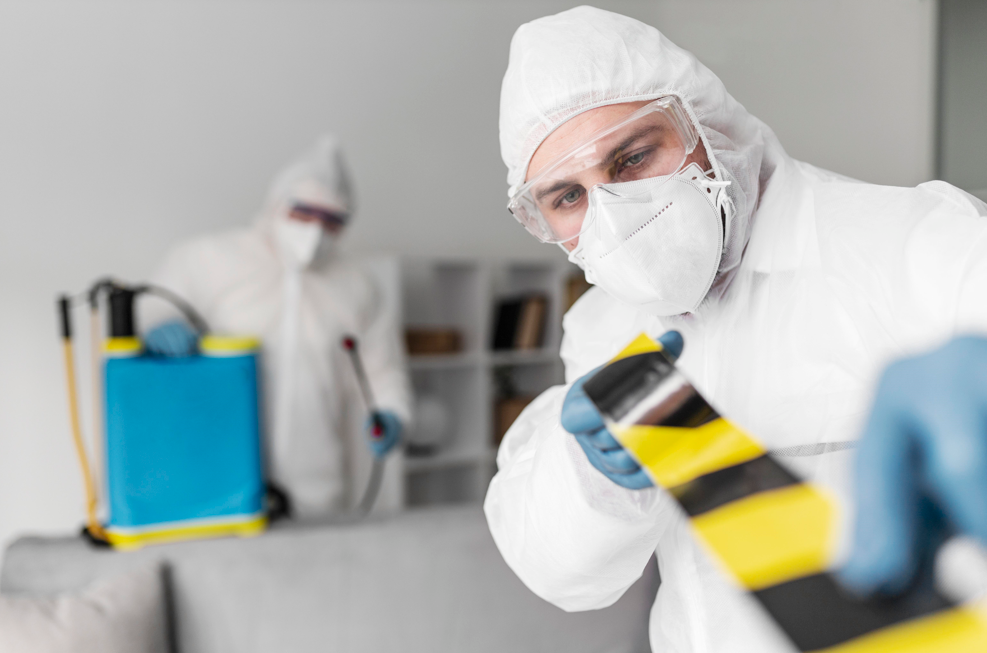Professional Guide to Eliminating Mold From Your Home
Mold removal is a meticulous process that addresses both visible growth and the underlying moisture issues that foster its spread. Ensuring a thorough and effective approach not only protects the health of your household but also safeguards the structural integrity of your home. In this guide, you’ll find detailed insights into identifying mold, safe removal practices, and strategies for long-term prevention. If you’re managing this issue, working with a reliable cleaning crew in Bozeman can make a significant difference in restoring and maintaining a mold-free home.
Understanding Mold Growth Patterns
Mold flourishes in damp environments where organic materials provide nourishment. Bathrooms with inadequate ventilation, basements with water seepage, and window frames prone to condensation are common breeding grounds. Identifying the specific type of mold and its extent is crucial for selecting the most effective removal methods. In cases of widespread growth or potential health risks, professional testing is often recommended. Regular inspections and early detection can significantly reduce damage and remediation costs.
Safety Precautions and Preparation
Proper safety measures are essential to minimize exposure to mold spores and cleaning agents during the remediation process. Protective equipment such as respirators, goggles, and gloves should be worn to ensure safety. Containment measures, including sealing off the affected area with plastic sheeting, help prevent spores from spreading to other parts of the house. Adequate ventilation further reduces airborne spores and addresses the moisture contributing to mold growth. Protecting furniture and belongings in adjacent areas by covering them is also vital during cleanup.
Removal Techniques and Methods
Removing mold effectively involves a combination of physical cleaning and chemical treatments. Surface mold can often be scrubbed away using suitable cleaning agents, such as vinegar or commercial antimicrobial products designed for this purpose. For porous materials like drywall or insulation that are extensively contaminated, replacement is often more practical than cleaning. In more severe cases, professionals may employ advanced methods like HEPA vacuuming, dry ice blasting, or chemical fogging for comprehensive remediation.
Preventing Future Growth
To prevent mold from returning, maintaining low moisture levels throughout your home is key. Enhancing ventilation in areas like bathrooms and kitchens helps to control humidity. Using dehumidifiers in basements and crawl spaces can further reduce dampness. Regular upkeep of gutters and drainage systems ensures water doesn’t infiltrate your home. Monitoring indoor humidity levels with a hygrometer allows you to catch potential issues early, before they lead to mold growth.
Professional Assessment Guidelines
Recognizing when professional assistance is necessary ensures thorough and effective mold remediation. Mold growth covering over 10 square feet, hidden colonies within walls, or contamination in HVAC systems typically requires expert intervention. Symptoms of mold exposure, such as respiratory issues or persistent allergies, might signal the need for a professional assessment. Professional services not only provide effective remediation but also offer detailed documentation that can be valuable for insurance purposes or property transactions.
Other related posts:


